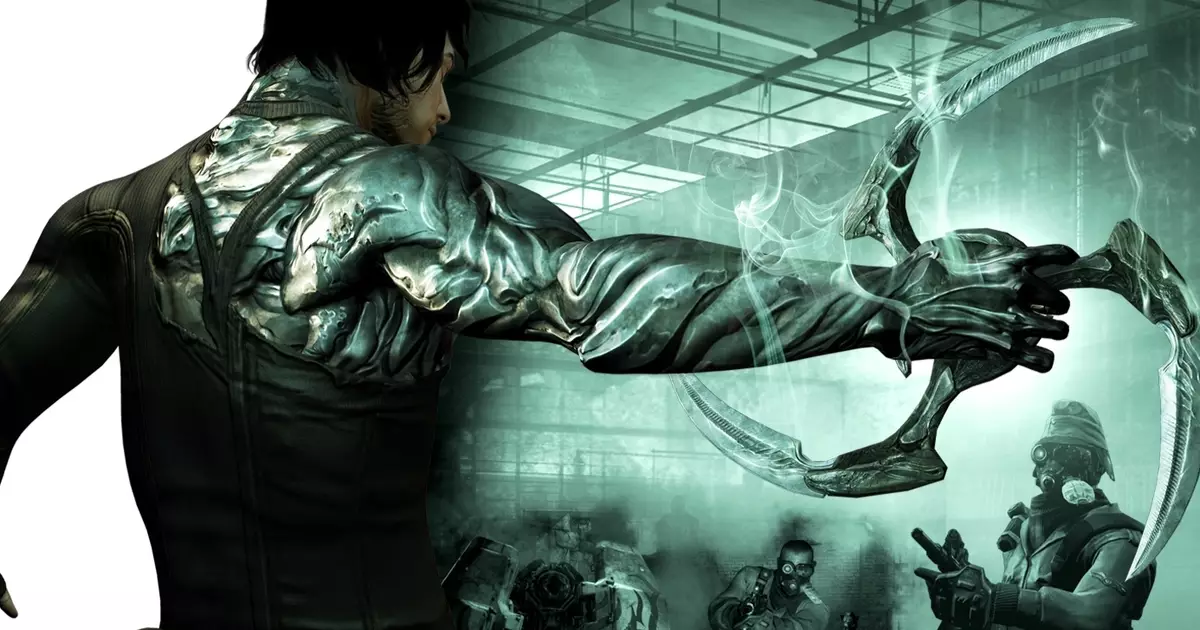In the vast landscape of video game development, certain titles often slip through the cracks, only to be rediscovered as artifacts of their time. One such game is “Dark Sector,” a 2008 release from Digital Extremes that, while overshadowed by other blockbusters, has managed to claim a peculiar place in gaming history. This article examines the intriguing lineage of Dark Sector, its influence on future projects, and how it embodies the evolution of action games into what we see today.
When Digital Extremes first introduced Dark Sector, it was still riding on the coattails of its collaboration with Epic Games on the Unreal Tournament series. The game centered around a gritty protagonist thrust into a perilous world, complete with a distinctive weapon—the glaive. This weapon was not just for show; it offered players a unique mechanic for combat and puzzle-solving, allowing them to interact with the environment in ways that were innovative for the time. Despite these attempts at originality, the title generally received a lukewarm response from critics and gamers alike, marking it as another forgettable entry in the genre of action titles.
Dark Sector’s aesthetics and gameplay were reflective of its era, favoring a dark and gritty presentation that drew heavily from the cinematic landscapes of mid-2000s action films. It was a deliberate choice to ditch the original concept of a sci-fi setting for a more grounded, albeit clichéd, narrative in hopes of appealing to a broader audience.
Despite its so-so reception, Dark Sector has been viewed in hindsight as a pivotal step in the evolution of the free-to-play model that would come to define Digital Extremes’ most well-known work, Warframe. After the release of Dark Sector, the developers revisited their original sci-fi narrative ideas, and the result was Warframe—a game that not only capitalized on online cooperative play but also introduced a more extensive and complex universe.
Warframe’s visuals, character design, and gameplay dynamics owe a nod to its predecessor. For instance, the glaive made a return, now upgraded into a more sophisticated form, signifying the growth and evolution of design from one game to the next. This connection between the two titles has allowed Dark Sector to be perceived as a foundational work, shedding light on how it paved the way for something far more successful.
Game development companies often learn and adapt from their past experiences, and Digital Extremes is no exception. With ten years of updates and expansions in Warframe, the gameplay mechanics have grown complex, resulting in a rich tapestry of content for players to explore. However, this complexity can also create a barrier for new players, making it daunting for those not already invested in the game’s lore.
In contrast, Dark Sector poses a simpler, albeit less innovative, experience—perfect for exploring the basics of third-person mechanics and narrative-driven gameplay. For newcomers to Digital Extremes, Dark Sector, now offered for free on Steam, presents an opportunity to grasp the company’s evolution while enjoying a fleeting glimpse of what was once enthralling.
As the gaming industry moves forward, titles like Dark Sector remain relevant not merely for their content but as historical markers of how far game design has come. Other titles under Digital Extremes’ banner, like The Darkness 2, exemplify the evolution of storytelling and gameplay integration that began with simpler mechanics found in earlier games.
In a time of flourishing fantasy RPGs and hyper-realistic shooters, players seek experiences that resonate with their gaming preferences. Digital Extremes’ Soulframe aims to branch out further from their established franchises, indicating a desire to explore new narratives and gameplay styles, potentially paving the way for future classics.
Though Dark Sector may not have achieved lasting fame or acclaim at its initial release, its legacy is undeniable. It stands not merely as a reminder of the industry’s past mistakes but as a monumental stepping stone toward one of the most popular games of the last decade—Warframe. By celebrating forgotten titles and understanding their impact on contemporary gaming, fans of the medium can appreciate the intricate web of creativity and innovation that connects one game to another. As Digital Extremes continues to expand its horizons, it’s clear that the lessons learned from Dark Sector will reverberate through their future endeavors.


Leave a Reply